Are you trying to decide between hardneck garlic and softneck garlic for your garden? Knowing what's the right variety for you and your garden will help you choose the best option. In this post we’ll go over the differences in growing conditions, flavour profiles and storage to help you decide which one is the preferred choice for you.
red spider mites
How To Control Red Spider Mite
Red spider mite, also known as the two-spotted spider mite, is a common pest found predominantly in the greenhouse from March to October. Although it is sometimes referred to as the ‘glasshouse red spider mite’, it can also be a problem with many different types of house plants and some garden plants too especially azaleas, rhododendrons and camellias. The mites breed very quickly during warm, dry weather and can cause unsightly damage to plant foliage if left untreated.
Despite their name, they are actually yellowish-green in colour with 2 dark green spots on their backs. They turn red later in the autumn. They feed by sucking the sap from the underside of leaves and because they can reproduce at a phenomenal rate, infestations can quickly occur. The mites are very small, usually less than a millimetre in size, which makes individual pests quite difficult to spot. However, large colonies and the inevitable damage they cause are obvious signs.
The signs of red spider mite damage
One of the most noticeable tell-tale signs of a red spider mite infestation is the fine silk webbing they create on the leaf surface. Affected leaves will first display small yellow dots about the size of a pinhead on the surface. Over time, the mottled leaves will turn brown and fall off leaving the plant severely weakened. Severe infestations can result in plant death. To be sure the damage is actually being caused by red spider mites and not aphids, it’s best to use a magnifying glass to view them. Once confirmed, an effective control programme can begin.
Plants affected by red spider mites
The red spider mite is really not too fussy about the types of plants it chooses as a food host. In the greenhouse they will attack the leaves of tomatoes, cucumbers, melons, aubergines and peppers. They can also be found feeding on a range of vines, nectarines, peaches and orchids. Outdoors they will happily feed on azaleas, rhododendrons, fuchsias, pelargoniums and impatiens. Most house plants are susceptible to attack including popular plants such as poinsettias and aloe vera.
Preventative measures
Greenhouses should be thoroughly cleaned during the winter months with Jeyes Fluid. Red spider mites will begin wreaking their havoc in the greenhouse from March so if there have been previous problems with this pest then it’s important to introduce any biological control to coincide with the reproductive activity of the mite. Keep a damp, warm atmosphere in the greenhouse during the summer months by applying copious amounts of water to floors and staging.
Chemical control methods
Outdoor plants and house plants can be treated with a proprietary insecticide, which can be applied at 14 day intervals. Some insecticides work directly on contact while others might work as a systemic. The latter, often taking a bit longer to show signs of its effectiveness. If treating outdoor plants, you should remember that chemical sprays can be carried on the wind and therefore they should be used with caution. General insecticides will also kill many other insects, some of them beneficial, such as bees and many others, which may provide food for garden birds and other insects.
Other methods, which are considered safer than insecticides includes spraying the insects directly with a neem oil preparation. Before trying this method, spray the plants with a jet of water first, to wash off some of the adult pests. Spray the underside of leaves and the soil below then leave for about 2-3 days before checking the plants again. In warm dry weather, the mites will breed at an alarming rate so further treatment will be necessary. Alternatively, try using an insecticidal soap, which can be very effective against red spider mite and is relatively safe to the environment too.
Chemicals in the greenhouse
Chemical control, while very effective on shrubs and house plants, is not ideal for most fruit, vegetables and salad crops. For example, tomatoes and cucumbers grown under glass for human consumption. However, as red spider mite will overwinter in the greenhouse, there is a case for using chemical sprays after crops have been harvested. Adult red spider mites will overwinter in cracks in brickwork or in the joints of timber supports and under timber decking. Spraying all the internal areas of a greenhouse with insecticide during the autumn and again in early spring, could be a good move in preventing re-infestation.
Prevention is always better than cure, so if you consider the environmental conditions, which are needed for the red spider mite to reproduce, you will be able to adequately address this. Simply keep the greenhouse damped down during long dry spells to discourage the mite from reproducing or at least to slow down the reproduction rate. It also helps if you keep the greenhouse well ventilated.
Biological control methods
Phytoseiulus persimilis
Fortunately, red spider mite has many predators, which we can take advantage of in keeping this pest under control. One such predator is Phytoseiulus persimilis, which is also a mite and looks quite similar but with a dietary preference for red spider. For this insect to be effective in the greenhouse, the air temperature must be around 20C (68F) or above. These predators are much less active in temperatures below 10C (50F). Distribution of treatment is typically 100 square metres per pack or 100 Phytoseiulus for every 1 metre high plant.
Feltiella acarisuga
Another biological predator used for the effective control of red spider mite is Feltiella acarisuga. This is a gall midge, native to Britain and like the Phytoseiulus it is available to purchase online and by mail order. The larvae of the gall midge have voracious appetites and red spider mite are at the top of their menu. The Feltiella larvae will each eat up to 30 red spider mites, which is 5 times more than Phytoseiulus. They also offer the added bonus of being active during the colder periods of early spring and autumn.
Atheta coriaria
Atheta coriaria is a garden friendly bug, which is better known as a rove beetle. This little predator, in both adult and larvae stages, will also eat thrips and other pests such as fungus gnats. Like the gall midge, Atheta is able to fly around the greenhouse in search of prey and to lay new batches of eggs, ensuring a fast development in population. The adult female will lay up to 8 eggs every day during its first 2 weeks of maturity. Recommended distribution is at least 2 beetles per square metre.


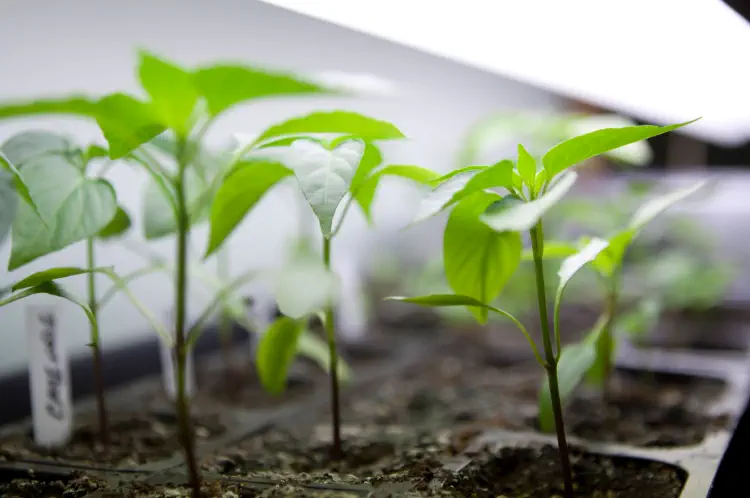




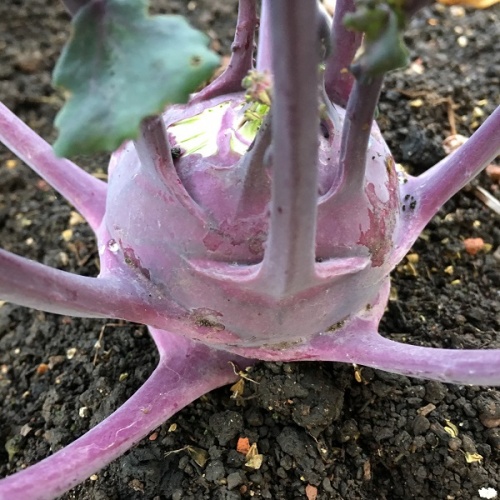

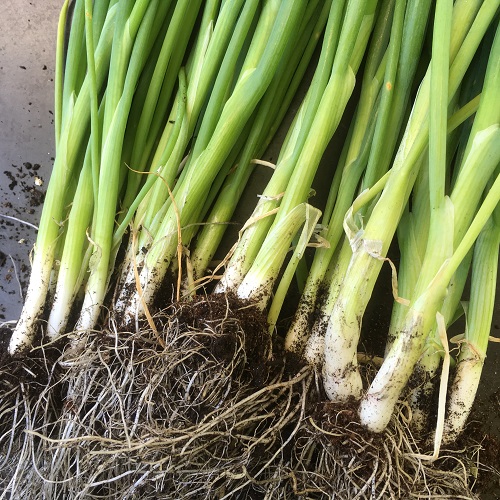
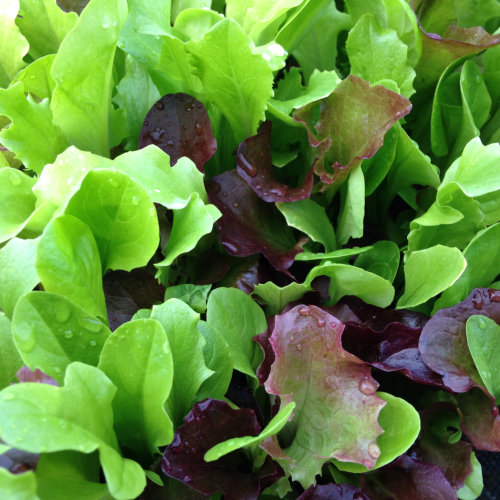
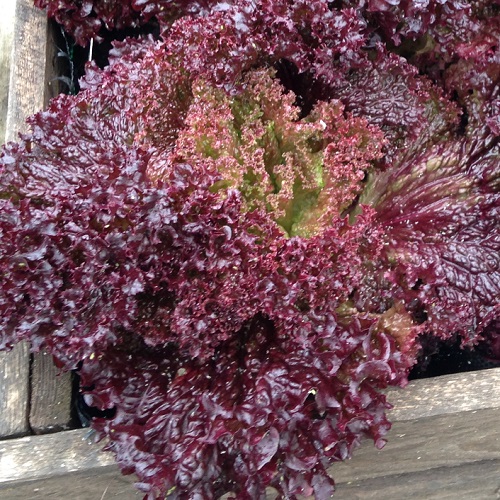
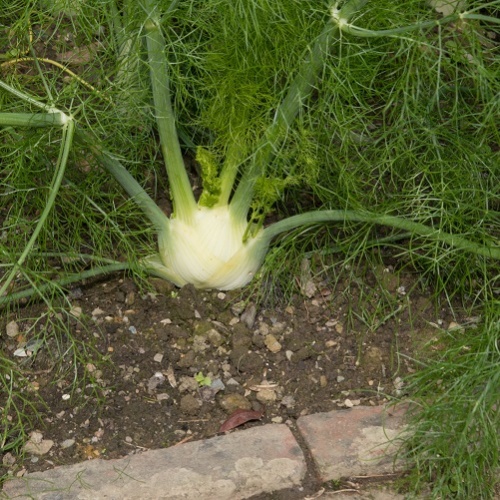
I completely got rid of red spider mite this yeaur in my greenhouse without using any form of chemical or biological treatment. I knew that these mites love hot & dry conditions so in January, I covered the complete floor area including beds & paths with 2 inches of packed snow.